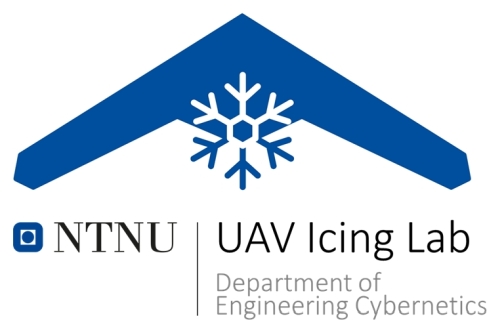Last week, our team from the UAV Icing Lab had the privilege of attending the NTNU Clean Aviation evening with Rolls-Royce, Avinor, and Widerøe. This event not only provided us with a deeper understanding of the latest trends in aviation technology but also opened our eyes to the significant potential for synergy between our work on UAV icing solutions and the emerging field of zero-emission aircraft.
The Challenge of Power Budget in Zero-Emission Aircraft
One of the most striking revelations from the event was the tight power budget that fully-electric or hydrogen-powered aircraft operate within, especially when compared to traditional aviation. These innovative aircraft designs are at the forefront of clean aviation, aiming to reduce emissions and revolutionize air travel. However, their success hinges on efficiently managing power consumption, a challenge where our expertise in UAV icing solutions can play a crucial role.
UAV Icing Solutions: Optimized for Efficiency
Our work at the UAV Icing Lab has always been geared towards optimizing solutions for size, weight, and power. These considerations are paramount in UAV design, where every gram and watt counts. By adapting these icing solutions, initially developed for UAVs, to clean aviation aircraft, we can significantly reduce the power consumption required for ice protection systems. This reduction is not just a technical improvement; it’s a critical step in making zero-emission aircraft feasible and viable.
The Road Ahead
Inspired by the discussions and insights gained at the NTNU Clean Aviation evening, the UAV Icing Lab is now more committed than ever to contributing actively to the clean aviation sector. We are excited to announce that we will be focusing on developing new research projects aimed at adapting our UAV icing innovations for use in zero-emission aircraft. This direction not only aligns with our expertise but also contributes to a more sustainable and environmentally friendly aviation industry.


